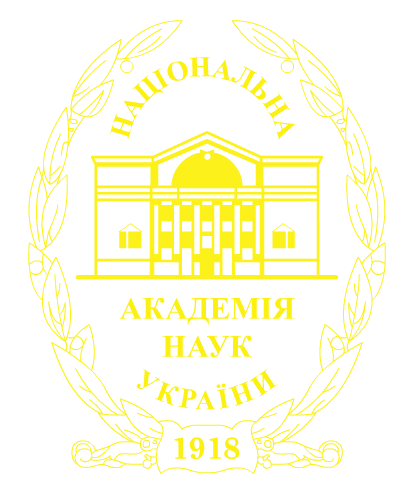Instructions for authors
- The journal «PRYKLADNA MEKHANIKA» entertains the not published elsewhere before and not planned for simultaneous publications in other editions original articles and also invited review and generalizing articles. The original articles should contain new scientific results of theoretical and experimental investigations in the field of mechanics of deformable and rigid bodies. The plan of publications of reviews is approved by the Editorial Board based on proposals of the Editorial Board members.
- The manuscript of the volume up to 20 pages with a single interval should be sent to the editors by e-mail in Word 2003 with the use of equation editor MathType (text and illustrations in the separate files). The title should be as brief as possible (no more than 12 words). The total number of figures and tables must be 6 to 10. The bitmap figures should be made in formats JPG, JPEG, TIF in the black-white variant with the resolution not less than 600 DPI. The made in Word figures are not permitted. It is recommended to get to know one of the last issues of the journal and the shown on the journal site example of preparing the manuscript. The authors are committed to preparing the manuscript in the «Prykladna mekhanika» style.
- The first page has to include: initials and name of authors (number of authors should be no more than 4); the title of the article; addresses of all the authors (full name and address of organization, where the work is carried out, with specifying the city, country, e-mail); abstract (5 – 10 lines) and key words (no more than 2 lines) in English only. The basic text should be written in Times New Roman of 10 pt in Ukrainian and some cases in English. After references, the translation in Ukrainian (for the basic text in English). of the abstract, title of article and initials, and names of authors, as well as their signatures, should be written.
- The formulas with many lines, each line has to be composed separately. The numbers of the cited in text formulas (Arabic ciphers) must be involved in parentheses on the right border of a text body. The double numeration of formulas is recommended: the first number designates the section number, the second (after the dot) designates the formula number (for example, (2.13)). The formulas having no citations in the text are not numbered.
- The simplest symbols and indexes are recommended for mathematical notations. The awkward expressions should be avoided using reduced notations. The unpublished works can not be included in References.
- The figures and tables should be added in separate files, their location in the text should be indicated. The figures must be sharp (clear) and have any underlying texts. All explanations to figures should be inserted into the text. The inscriptions overloading the figure must be changed on number or letter notations with explanations of them in the text. The preferable size of the figure is on a scale 1:1.
- The used in the manuscript units of physical quantities must correspond to the SI system.
- The list of references should be given in alphabetical order at the end of the article. The references on the cited origins should be indicated in the text in the square brackets (for example, [2, 11 – 13]). The unpublished articles citing is not recommended. The sources published in Latin are written after sources published in Cyrillic. The examples of writing of basic types of references are given below.
- Guz A.N. Fundamentals of the three-dimensional theory of stability of deformable bodies. – Berlin: Springer-Verlag, 1999. – 555 p.
- Zhu J., Shah A.H., Datta S.K. Transient response of a composite plate with delamination // J. Appl. Mech. – 1998. – 65, N3. – P. 664 – 670.
- Springer G.S. Embedded sensors for smart manufacturing and smart structures // Proc. of the 9th Int. Conf. on Composite Materials. Ed. A.Miravette. In 6 vols. Vol. 1. Metal matrix composites. – Zaragoza: University of Zaragoza, Woodhead Publishing Limited, 1993. – P. 81 – 85.
- Achenbach J.D., Hirose S., Wang C.-Y. Boundary element method for elastic wave scattering by a crack in an anisotropic solid // Abstract Book of the 20th Int. Congress of Theor. and Appl. Mech. (Chicago, August 27 – September 2, 2000). – Chicago, 2000. – P. 88.
- In the case of publication of the article in «Prykladna mekhanika», the authors are transferring the copyrights to the publisher (S.P.Timoshenko Institute of Mechanics of the National Academy of Sciences of Ukraine). The agreement on transferring the copyright is signed by the corresponding author.
- Institute of Mechanics, Nesterov str. 3, Kyiv, 03680, Ukraine. Tel.: 380-44-456-62-92 tel/fax: 380-44-456-03-19; e-mail: prikl@inmech.kiev.ua; see also the institute website http://pm.inmech.kiev.ua
You can download:
